Choosing a Penetration Testing Company: Part 3
Caroline Kelly concludes our three-part “Choosing a Penetration Testing Company” series with how Penetration Testing as a Service (PTaaS) provides great value.

Caroline Kelly concludes our three-part “Choosing a Penetration Testing Company” series with how Penetration Testing as a Service (PTaaS) provides great value.

Brad Herring continues our three-part “Choosing a Penetration Testing Company” series with a look at the factors to consider when choosing the best vendor.
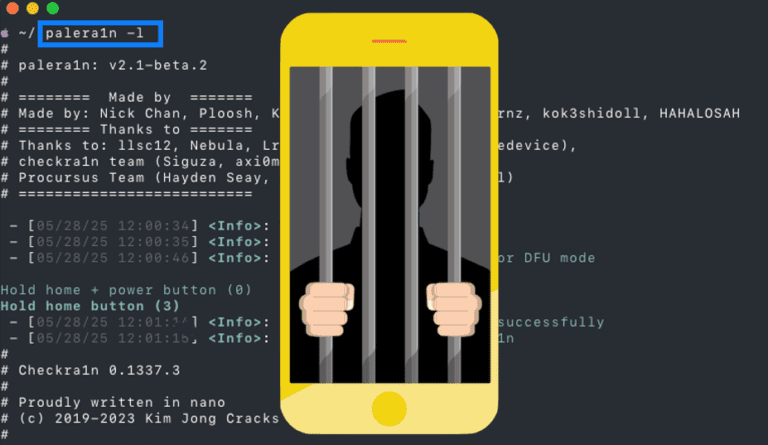
Lead Penetration Tester Jason Taylor takes us step-by-step through jailbreaking an iPad 7 for use in penetration testing.

Cole Stafford starts our three-part “Choosing a Penetration Testing Company” series by looking at what penetration testing is and the types of penetration tests.
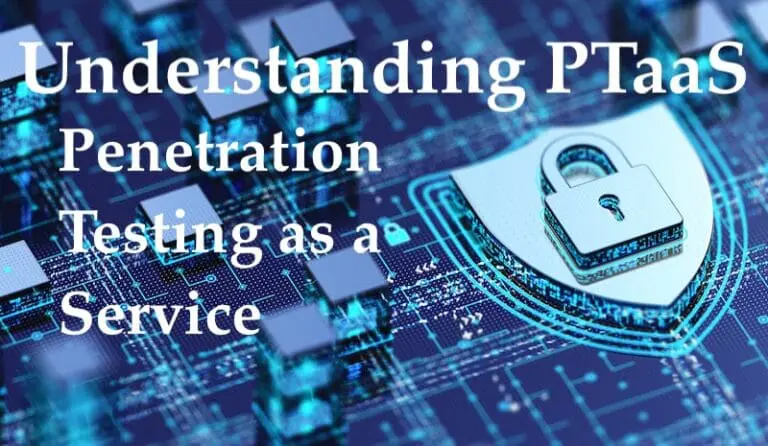
What does Penetration Testing as a Service (PTaaS) really mean? In this blog we discuss the details and how do you find the best PTaaS for your organization.

Scoping your penetration test (especially your first one) can be daunting. Our team is always happy to help, and Brad Herring gives you a head start here.
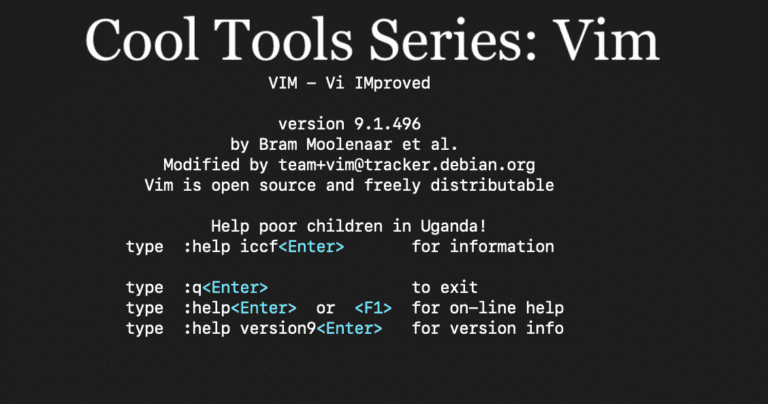
Principal Penetration Tester, Andrew Trexler, dives into Vim, a powerful command line tool for text files, and shows useful commands for penetration testing.
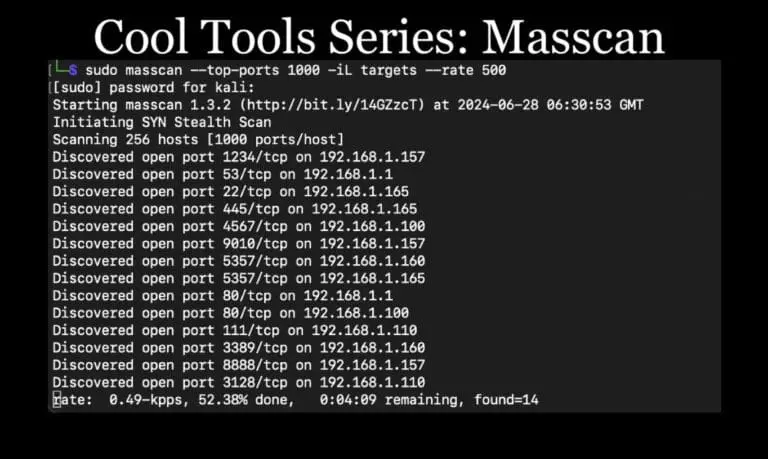
Continuing our Cool Tools Series, Lead Penetration Tester Andrew Trexler shows how to use masscan for discovery scanning on large networks in penetration tests.
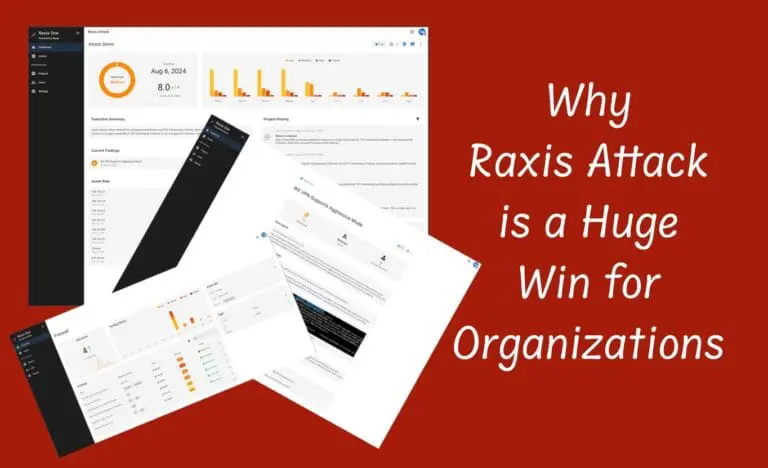
With the recent launch of Raxis Attack, a powerful PTaaS service, Caroline Kelly is excited to share how it can help organizations of all sizes stay secure.
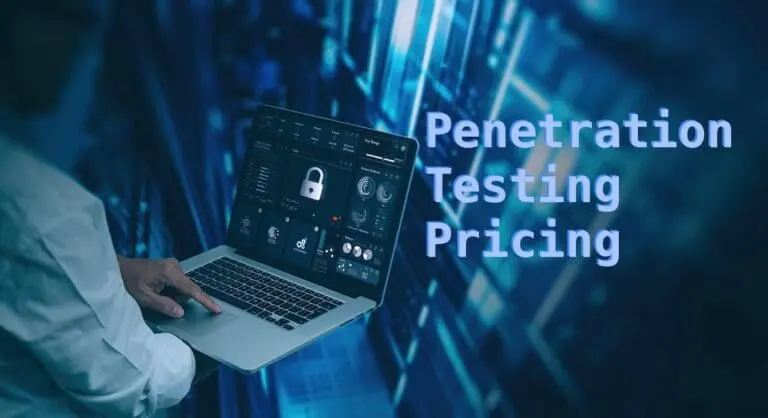
How much should a penetration tests cost? From scans to pentests and PTaaS, Brad Herring explains how to make sure you get what you pay for — and what you need.
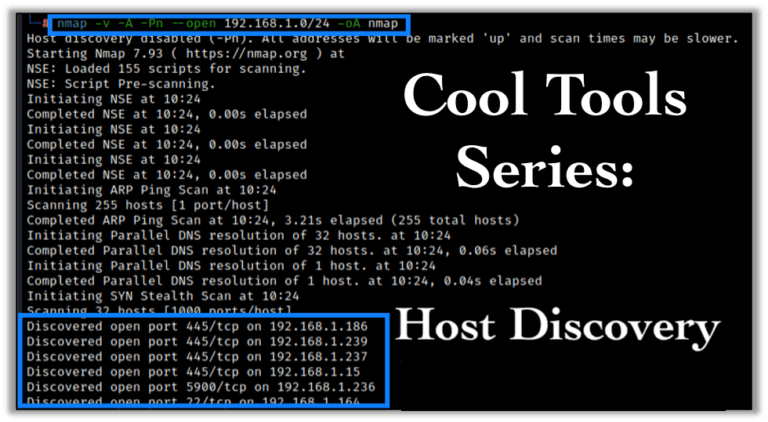
Raxis’ pentester, Scottie Cole, leads off our new Cool Tools Series with tips on tools for host discovery and vulnerability discovery for penetration tests.

How much do penetration tests cost? Raxis CEO Mark Puckett explains how to make sure you get what you pay for — and what you need.